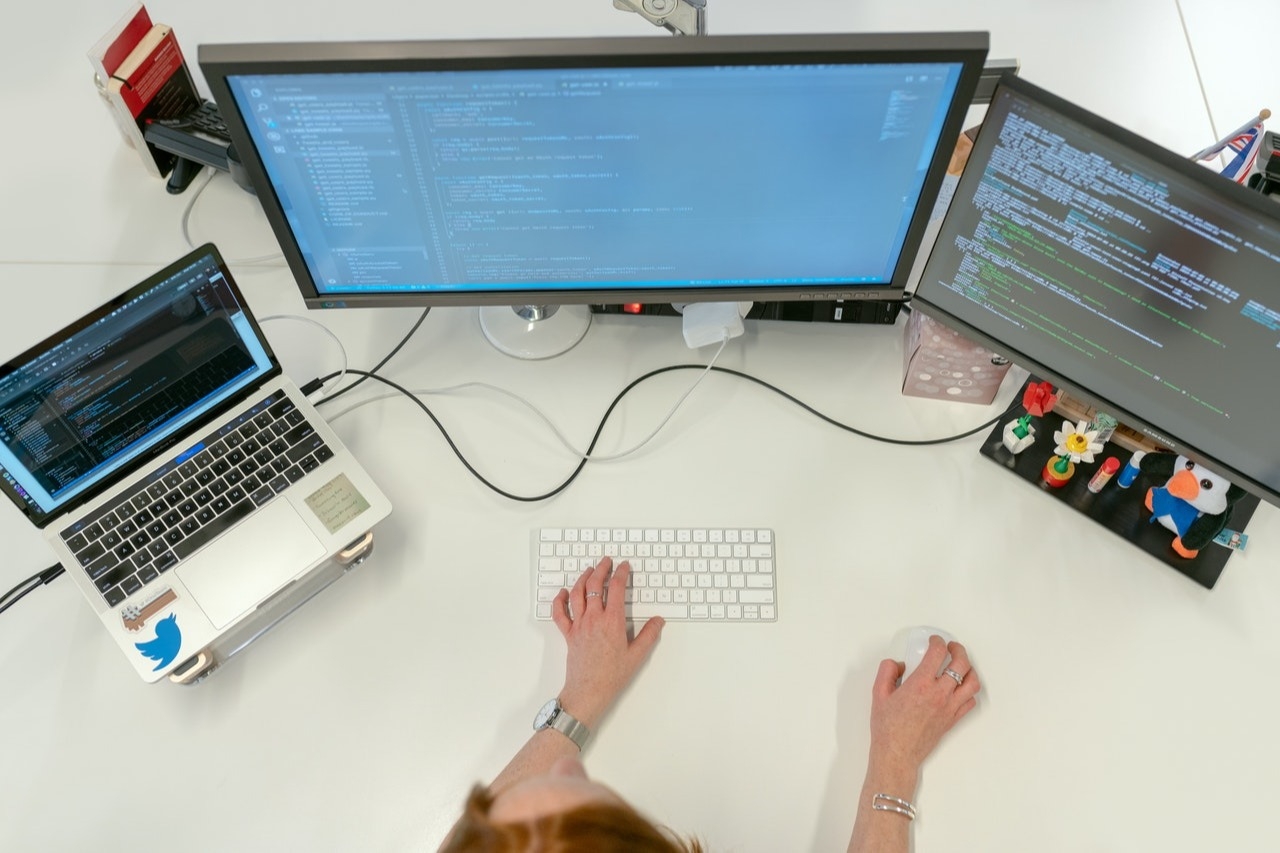The 5 Most Common PLC Programming Languages
If you are just starting out in PLC programming you may be introduced to a plethora of PLC programming languages. Learning the most popular PLC programming languages is a great place to start. Control Logic Training will introduce you to the five most common PLC programming languages so you can get started on your PLC programming journey!
Structured Texts
The first most commonly used PLC programming language is Structured Text. This programming language works by entering in lines of code to the PLC to create the desired outputs. This programming language can be easier to learn for those who are transitioning over from software engineering. The main advantage of using Structured Text is that it is easily translated between platforms. Your data will look similar on both hardware and software platforms making it easier to read and transfer information.
Sequential Function Charts
Sequential Function Charts are great for processes that are done in a sequence. On the other hand, this form of PLC programming language has a difficult time transferring to a process that is not done in a sequence. It is because of this that Sequential Function Charts can be limited in regards to what types of processing they can be used for. This PLC programming language can also be used alongside Structured Text if you are needed to used more advanced logic for your project!
Ladder Logic Diagrams
Ladder Logic programming is one of the first PLC programming languages and is still a commonly used PLC programming language today. It is the most used PLC programming language in the world. Ladder Logic resembles the layout of a ladder as well as relay-based circuits. This form of PLC programming language is easy to troubleshoot and modify. If you are just starting out in PLC programming Ladder Logic is a great PLC programming language to start with!
Function Block Diagrams
Function Block Diagrams allow for a visual representation of what you are working with. This form of PLC programming language is best for complex programming structures. Function Block Diagrams are user friendly and come naturally to most programmers. Using a drag-and-drop method makes recreation of an arrangement a breeze!
Instruction Lists
Instruction Lists have similar qualities to Structured Text and Ladder Logic. Each line on an Instruction List clearly states the conditions and outcomes in a program. Since this form of PLC programming language mandates the user to break down every instruction that needs to occur, it is very easy to read and work with. Although Instruction Lists are very clear and easy to work with they are not commonly seen in the programming world.
If you are transitioning over from a similar field or completely new to PLC programming, Control Logic Training has got your back! We have multiple classes that we offer to help you improve your PLC programming skills. Whether you are just starting out, at an intermediate level, or very knowledgeable about programmable logic controllers, we can help you grow even further in your skill sets! Contact Control Logic Training today to talk to our experts about what class is right for you!
Go Back Structured Texts
The first most commonly used PLC programming language is Structured Text. This programming language works by entering in lines of code to the PLC to create the desired outputs. This programming language can be easier to learn for those who are transitioning over from software engineering. The main advantage of using Structured Text is that it is easily translated between platforms. Your data will look similar on both hardware and software platforms making it easier to read and transfer information.
Sequential Function Charts
Sequential Function Charts are great for processes that are done in a sequence. On the other hand, this form of PLC programming language has a difficult time transferring to a process that is not done in a sequence. It is because of this that Sequential Function Charts can be limited in regards to what types of processing they can be used for. This PLC programming language can also be used alongside Structured Text if you are needed to used more advanced logic for your project!
Ladder Logic Diagrams
Ladder Logic programming is one of the first PLC programming languages and is still a commonly used PLC programming language today. It is the most used PLC programming language in the world. Ladder Logic resembles the layout of a ladder as well as relay-based circuits. This form of PLC programming language is easy to troubleshoot and modify. If you are just starting out in PLC programming Ladder Logic is a great PLC programming language to start with!
Function Block Diagrams
Function Block Diagrams allow for a visual representation of what you are working with. This form of PLC programming language is best for complex programming structures. Function Block Diagrams are user friendly and come naturally to most programmers. Using a drag-and-drop method makes recreation of an arrangement a breeze!
Instruction Lists
Instruction Lists have similar qualities to Structured Text and Ladder Logic. Each line on an Instruction List clearly states the conditions and outcomes in a program. Since this form of PLC programming language mandates the user to break down every instruction that needs to occur, it is very easy to read and work with. Although Instruction Lists are very clear and easy to work with they are not commonly seen in the programming world.
If you are transitioning over from a similar field or completely new to PLC programming, Control Logic Training has got your back! We have multiple classes that we offer to help you improve your PLC programming skills. Whether you are just starting out, at an intermediate level, or very knowledgeable about programmable logic controllers, we can help you grow even further in your skill sets! Contact Control Logic Training today to talk to our experts about what class is right for you!
